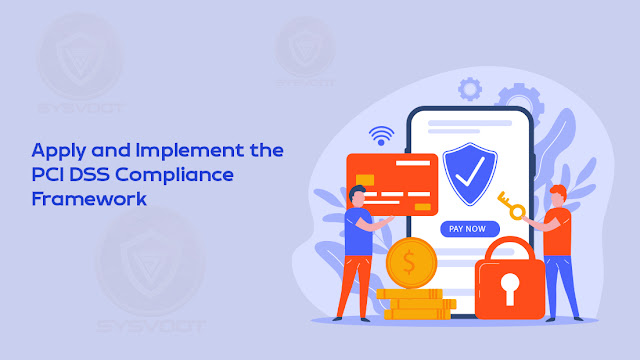PCI DSS stands for Payment Card Industry Data Security Standard. It is a set of security standards designed to ensure that all companies that accept, process, store or transmit credit card information maintain a secure environment. Compliance with these standards is required by the major card brands (Visa, MasterCard, American Express, Discover, and JCB) and failure to comply can result in significant fines and penalties. The framework outlines requirements for areas such as network architecture, software design, and security management.
Apply for PCI DSS Compliance Framework
To apply for PCI DSS compliance, you need to follow these steps:
Determine your merchant level: The PCI DSS requirements vary depending on the number of transactions your organization processes annually.
Review the PCI DSS requirements: Review the PCI DSS requirements and understand how they apply to your organization.
Conduct a Self-Assessment Questionnaire (SAQ): Complete the appropriate SAQ, which is a set of questions to help you assess your compliance with the PCI DSS requirements.
Submit your SAQ: Submit your SAQ to your acquiring bank or payment brand, along with any supporting documentation.
Remediation: If you fail the SAQ, you will need to take steps to remediate any non-compliances and resubmit your SAQ.
Report on Compliance (ROC): Once you have successfully passed the SAQ, you will need to submit a Report on Compliance (ROC) to your acquiring bank or payment brand, along with an Attestation of Compliance (AOC).
Annual Compliance: PCI DSS is a continuous compliance framework, so you will need to repeat this process annually.
It's important to note that depending on the level of your merchant, you may have to go through on-site assessment and quarterly network scans, and use a Qualified Security Assessor (QSA) to validate the compliance.
Implement the PCI DSS Compliance Framework
Implementing the PCI DSS Compliance framework involves several steps:
Self-Assessment: Conduct a self-assessment questionnaire (SAQ) to determine your organization's level of compliance with the PCI DSS requirements.
Network and Application Scoping: Identify the cardholder data environment (CDE) and all systems and networks that store, process or transmit credit card information.
Risk Assessment: Conduct a thorough risk assessment to identify vulnerabilities and threats to the CDE.
Implement Security Measures: Implement security controls such as firewalls, intrusion detection/prevention systems, encryption, and security software to protect the CDE.
Maintain and Monitor Security: Regularly monitor and maintain the security controls to ensure they are functioning effectively.
Regularly test the controls: Regularly test the controls and systems for vulnerabilities and ensure that they are operating as intended.
Report Compliance: Submit a report on compliance (ROC) to the acquiring bank or payment brand, and provide an Attestation of Compliance (AOC) to the acquiring bank or payment brand.
Note that PCI DSS is a continuous compliance framework, which means you have to maintain compliance and keep updating security controls to ensure that you are meeting the latest standards.
For Guest Posting related inquiry visit "Write for Us" section

